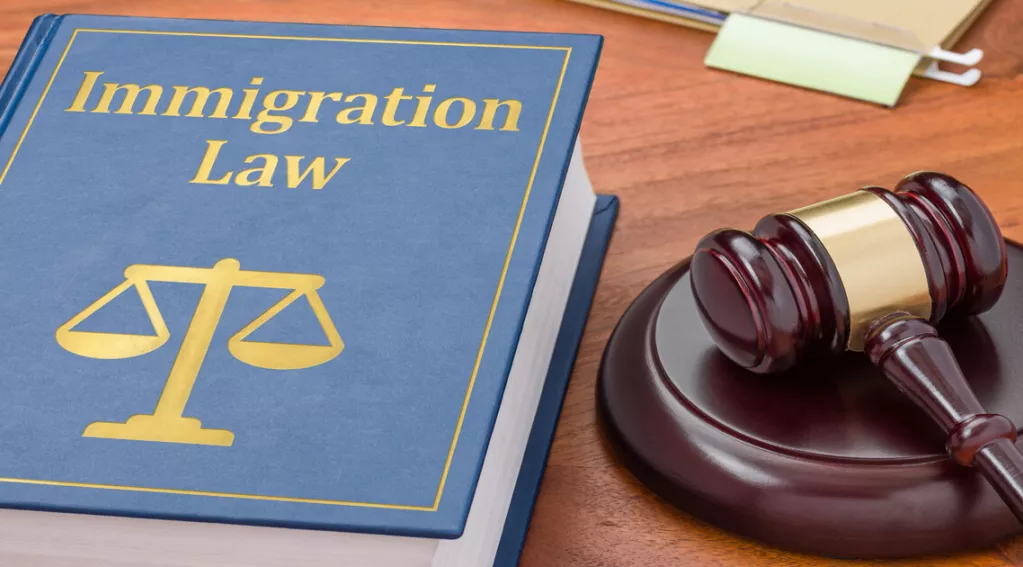The Crisis Facing our Immigration Courts

America is facing a crisis at our southern border. Through the first seven months of the 2022 fiscal year, Customs and Border Protection (CBP) encountered 1,295,500 aliens at the southern border – an average of over 185,000 a month. March and April both tallied in excess of 200,000, and these numbers could grow as we enter the summer months, when apprehensions normally reach their highest levels.
Growing apprehensions means there are a growing number of people who enter the immigration court system to fight their removal and defend their asylum claims. According to TRAC Immigration, the immigration court system received 493,575 new cases in FY 2022. During this same period, the court completed only 148,443.
Often forgotten in the immigration debate is what happens after an alien arrives in the United States and applies for asylum. Immigration enforcement at the border is past its breaking point – and this affects our immigration courts as well.
The immigration court backlog is a growing issue. There are more than 1.7 million backlogged cases. Across all courts, the average processing time per case averages 1,119 days – meaning that it takes a tick over three years to complete an individual case. The math here is staggering, and reflects a growing problem: there are not enough immigration judges in the United States to possibly handle the number of outstanding immigration cases in the backlog.
There are only 563 total immigration judges in the United States, excluding the Chief Immigration Judge Tracy Short and her executive team of judges. If the system were to stop accepting any new cases, this would mean that each judge would be responsible for around 3,019 cases – a staggering number given that each takes 3 years to complete.
In a word, the current state of the courts means that it is impossible to close or even get close to tackling the court’s backlog.
Some argue that extending amnesty to the 15.5 million illegal aliens in the United States would be a good way to reduce the backlog, as many of the 1.7 million cases include removal proceedings against illegal aliens apprehended by Immigration and Customs Enforcement (ICE). But this addresses a symptom of the problem rather than the underlying issue itself.
Amnesties do not solve the problem – that much is clear following the Immigration Reform and Control Act (IRCA) amnesty signed into law by President Ronald Reagan in 1986. Rather than “[removing] the incentive for illegal immigration by eliminating the job opportunities which draw illegal aliens here,” as President Reagan said at the time, the problem has gotten much worse, as evidenced by the crisis we face today.
Changing our laws would be a great first step. A coalition of groups, including FAIR, the Heritage Foundation, and NumbersUSA introduced a framework that a future Congress could use to reduce illegal immigration overall, and thereby reduce the immigration court backlog. Some of those proposals include creating an authority to immediately expel illegal aliens across the border, clarifying that aliens who pass through other safe countries before arriving at our border are ineligible for asylum, raising the credible fear standard, and legislating that gang violence and domestic violence are not grounds for asylum.
The immigration court backlog is a massive issue threatening the integrity of our entire immigration system, and it stems from the chaos that we see at our border today.

